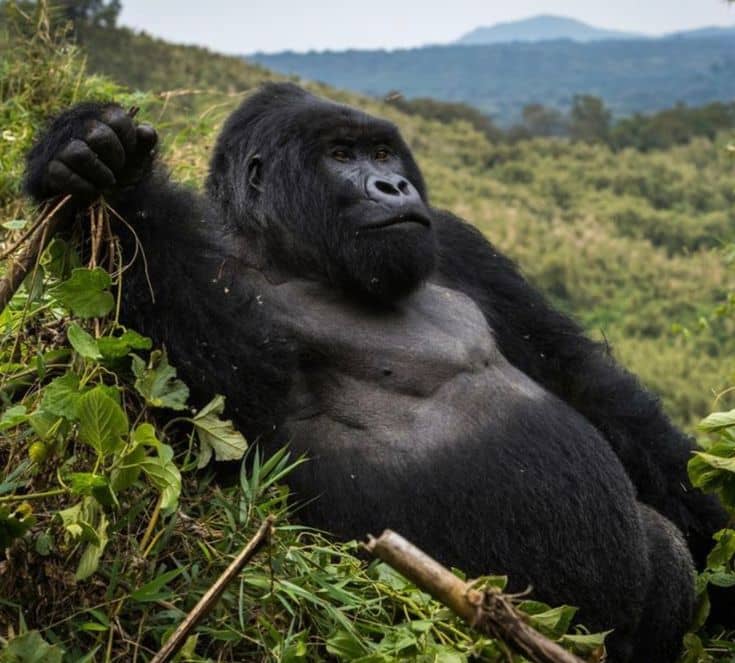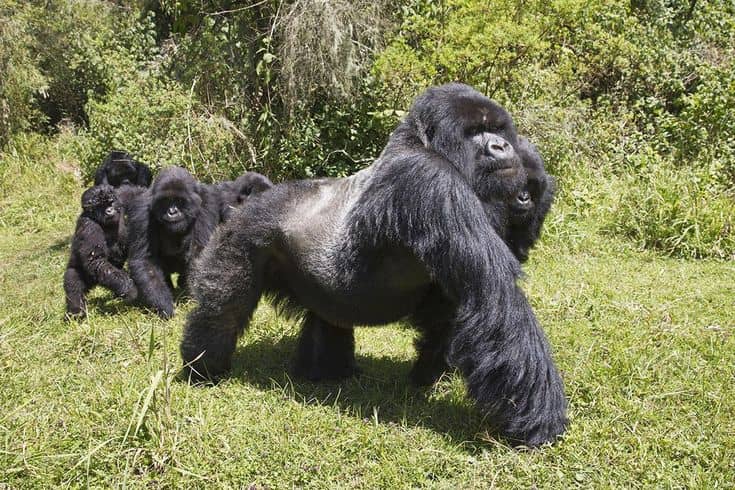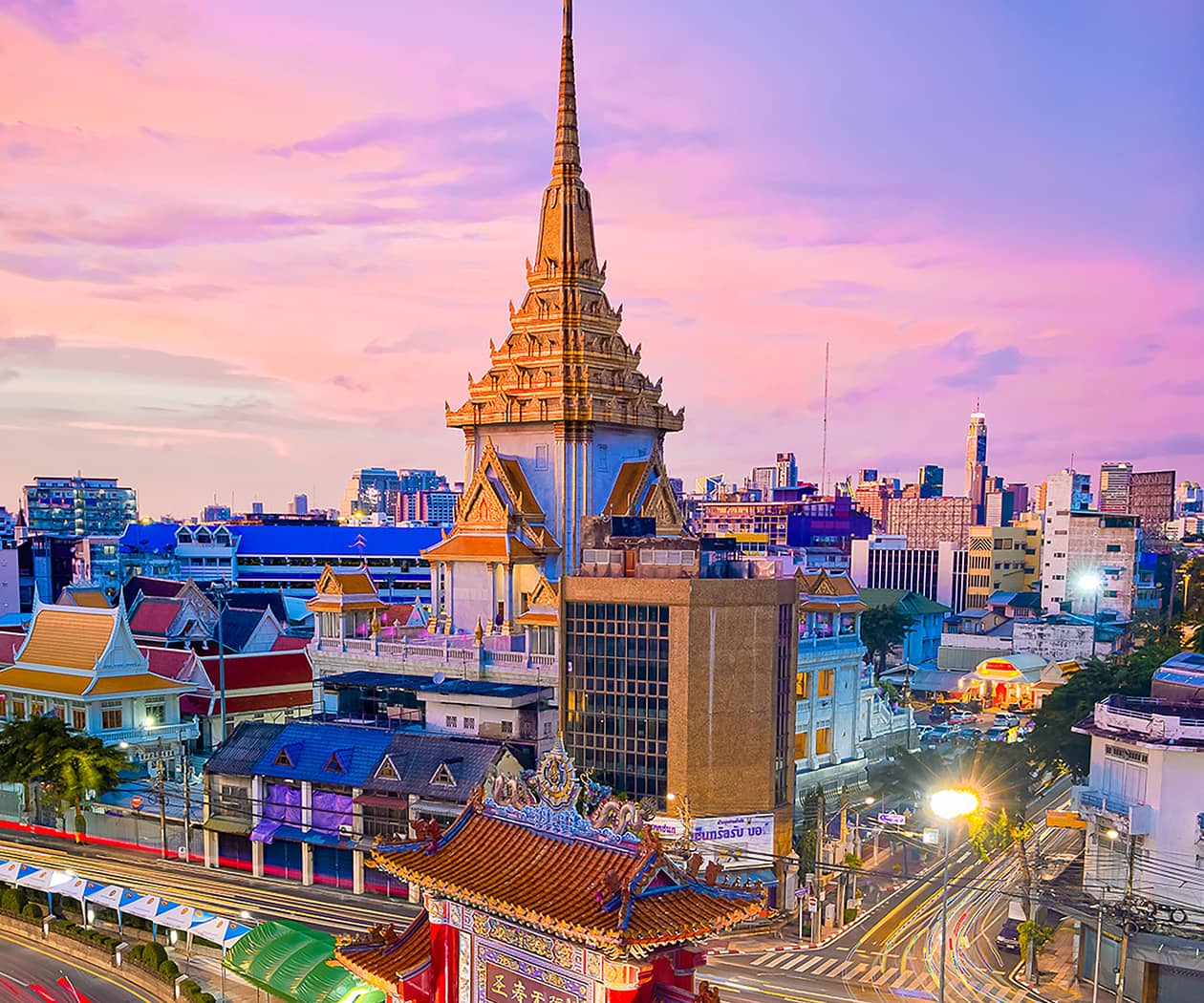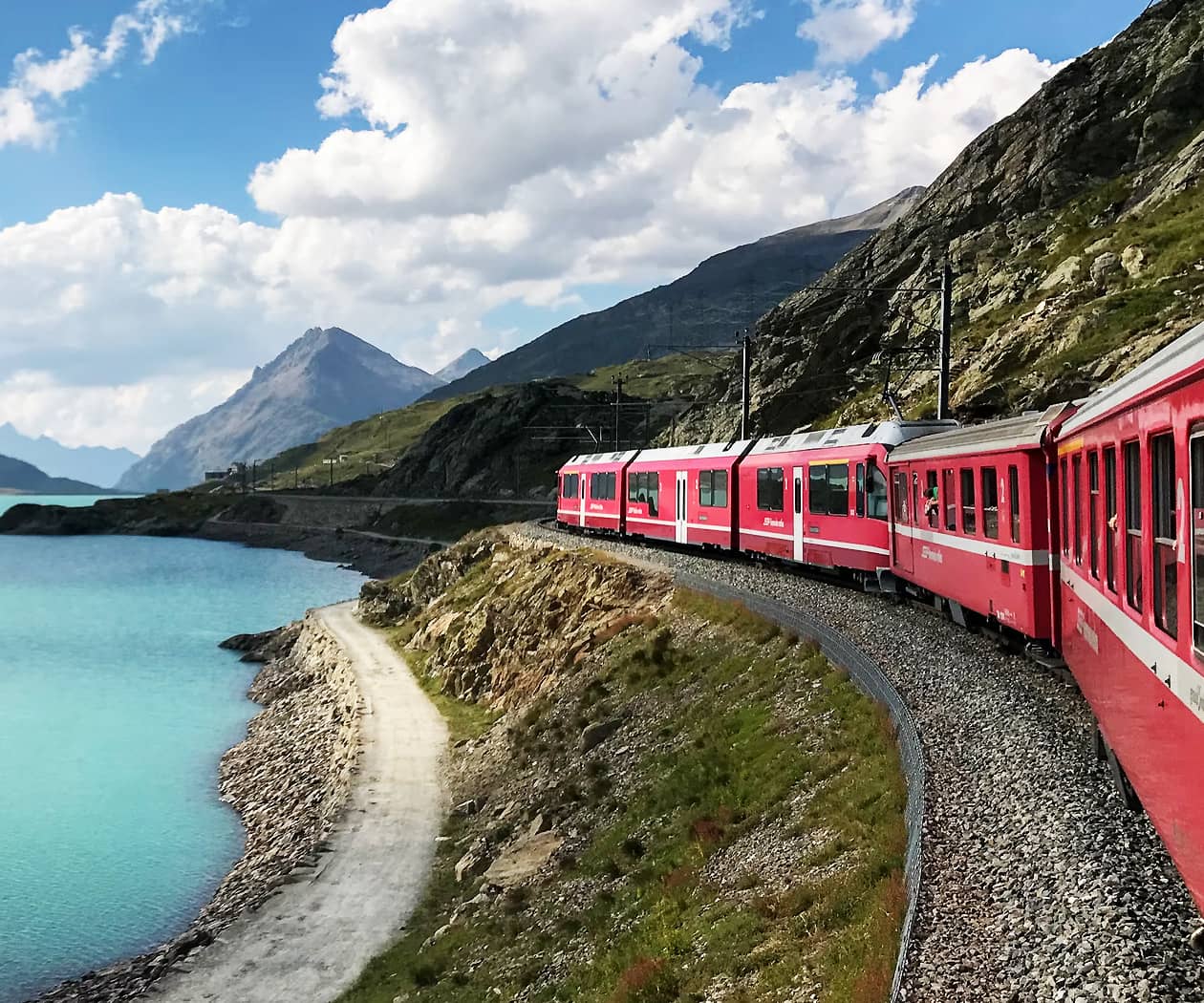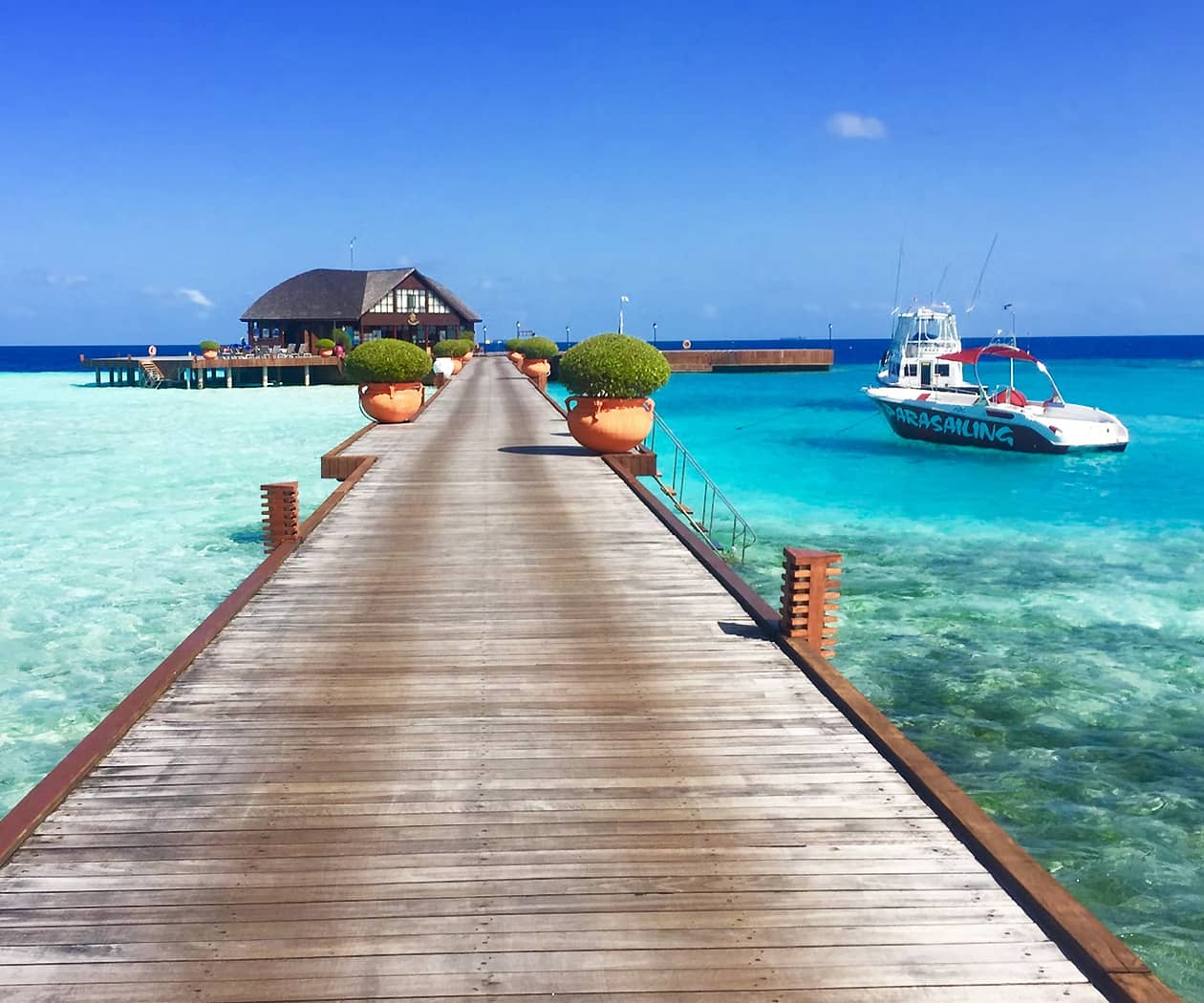The Best Time to Visit Uganda Gorillas
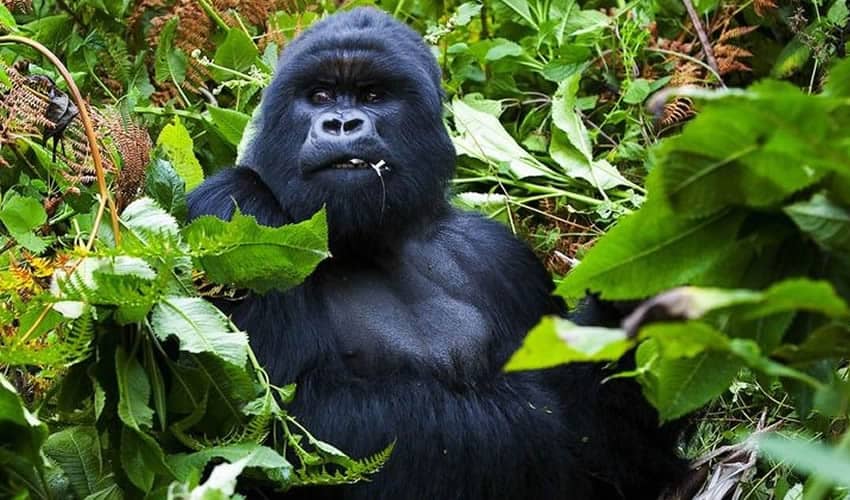
If you’re researching the best time to visit Uganda gorillas, you’re already one step closer to a life-changing wildlife encounter. Uganda’s misty jungles offer the world’s most accessible mountain gorilla trekking, but timing your visit perfectly ensures drier trails, clearer photos, and magical face-to-face moments with these gentle giants. This guide will break down exactly when to go, why season matters, and how to plan your bucket-list adventure.
Understanding Uganda’s Gorilla Trekking Seasons
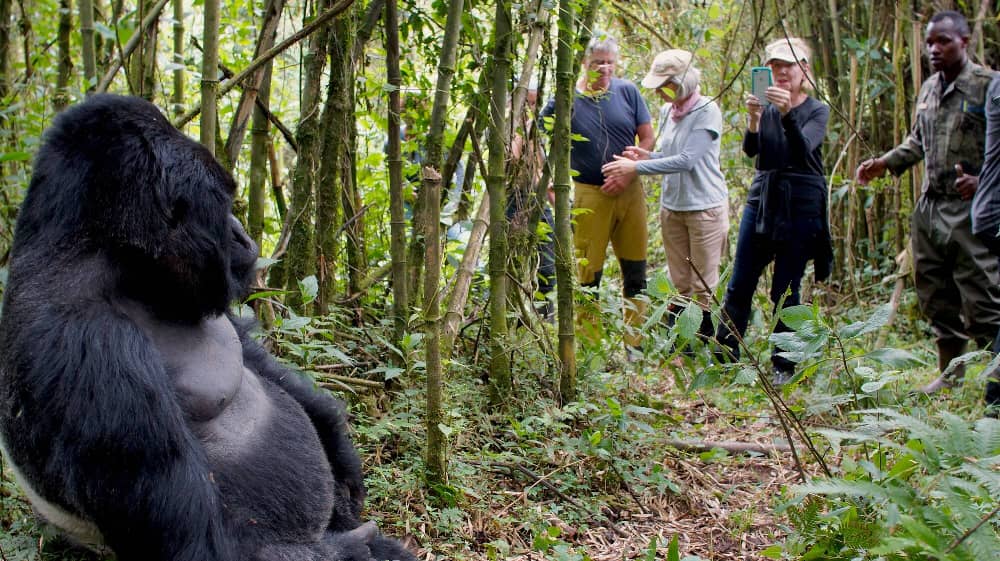
Best time to visit Uganda gorillas
For adventurers seeking the ultimate primate encounter, understanding the best time to visit Uganda gorillas makes all the difference between a good trek and an extraordinary one. As the premier destination for mountain gorilla encounters, Uganda offers year-round access to these magnificent creatures, but choosing the best time to visit Uganda gorillas ensures optimal trekking conditions, better photography opportunities, and more comfortable wildlife viewing.
The best time to visit Uganda gorillas falls during two dry seasons: from June to September and December to February. These periods offer the ideal combination of manageable trails, predictable gorilla movements, and comfortable temperatures. During these windows, visitors experience higher success rates in gorilla sightings as the primates descend to lower elevations in search of food.
While many consider the dry seasons as the absolute best time to visit Uganda gorillas, the rainy months from March to May and October to November present unique advantages for certain travelers. The lush vegetation creates stunning photographic backdrops, and reduced tourist numbers mean more intimate encounters. However, the best time to visit Uganda gorillas for first-time visitors remains the dry seasons, when trail conditions are most favorable.
To maximize your experience during the best time to visit Uganda gorillas, consider these essential tips:
- Book permits 6-9 months in advance for peak season
- Combine your gorilla trek with other dry-season safari activities
- Pack appropriate gear for variable mountain weather
- Allow extra days in case of unexpected weather changes
Remember that while there’s technically no bad time for gorilla trekking, selecting the best time to visit Uganda gorillas for your specific priorities will elevate your entire safari experience. Whether you prioritize perfect weather, fewer crowds, or optimal photography conditions, Uganda’s gorillas promise an unforgettable encounter any time of year.
The long dry season from June to September offers the most reliable weather for gorilla trekking. During these months, rainfall is minimal, typically limited to short afternoon showers. The trails through Bwindi Impenetrable Forest and Mgahinga Gorilla National Park become firm and manageable, with average daytime temperatures hovering around 25°C (77°F). This period coincides with the gorillas’ movement to lower elevations in search of food, making encounters somewhat more predictable.
December through February brings the short dry season, another excellent window for gorilla trekking. While occasional rains may still occur, they rarely disrupt trekking plans. The landscape remains lush from previous rains, creating spectacular photographic opportunities with vibrant green backdrops. Fewer tourists visit during these months, meaning you may enjoy more private time with your assigned gorilla family.
From March to May and again in October and November, Uganda experiences its rainy seasons. These months transform the forests into challenging trekking environments. Daily downpours create slippery, muddy trails that can test even experienced hikers. However, for adventurous travelers willing to brave the conditions, several advantages emerge. The forests become exceptionally lush and photogenic, with waterfalls at their most spectacular. Fewer tourists mean ranger groups are smaller, and some lodges offer significant discounts.
Best Time to Visit Uganda Gorillas
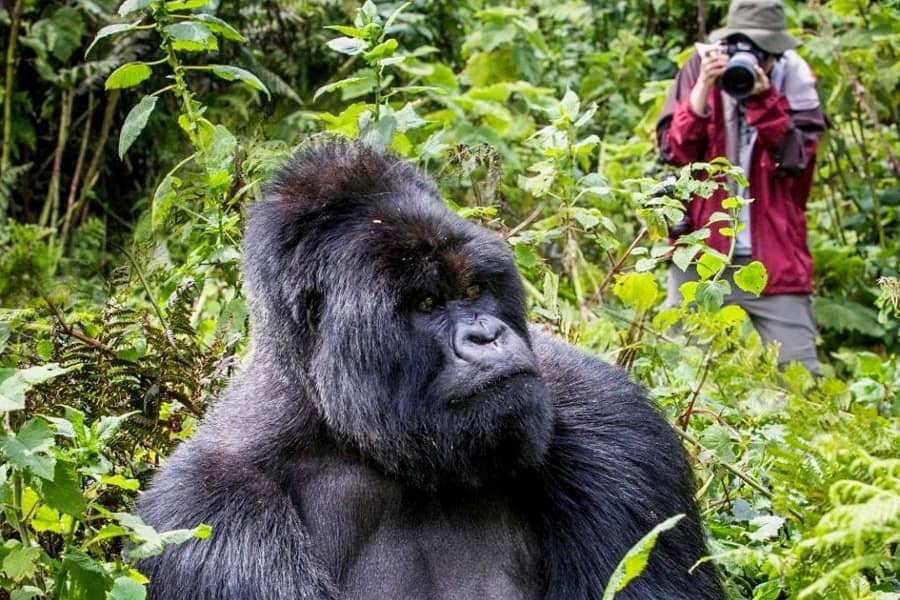
Best time to visit Uganda gorillas
Mountain gorillas don’t migrate in the traditional sense, but their movement patterns change with the seasons. During dry months, gorillas tend to range at lower elevations where food remains more abundant. Researchers have documented that gorilla groups cover shorter daily distances in the dry season, making them slightly easier to locate.
The wet season brings different gorilla behaviors that fascinate primatologists. Increased rainfall leads to abundant new plant growth, providing diverse food sources. Gorillas often spend more time feeding on succulent young leaves and shoots during these months. Mothers with infants tend to remain closer to the group’s center for protection, while dominant silverbacks become more visible as they monitor their families in the challenging conditions.
Permit Availability and Seasonal Variations
Uganda Wildlife Authority strictly limits gorilla trekking permits to protect these endangered primates. Only 160 permits are available daily across all trekking sectors, creating high demand during peak seasons. The permit system operates on a first-come, first-served basis, with prices fixed at $800 for foreign visitors regardless of season.
Dry season permits often sell out six months in advance, particularly for July and August when European and North American travelers take summer vacations. The Christmas and New Year period also sees exceptionally high demand. Travelers targeting these peak times should secure permits as soon as their dates are confirmed, ideally through a reputable tour operator with direct connections to Uganda Wildlife Authority.
Interestingly, the rainy seasons present opportunities for last-minute travelers. While permits still sell out, they do so closer to the trekking date. Some tour operators offer discounted safari packages during these months to compensate for the challenging weather conditions. Visitors willing to be flexible with their dates may find unexpected availability, especially in the shoulder months of April and November.
Click here to book a gorilla permit
Essential Packing List for Seasonal Trekking
Your packing strategy should adapt to Uganda’s seasonal variations. For dry season treks, lightweight moisture-wicking clothing in neutral colors works well. Sturdy hiking boots with ankle support are essential, as trails remain uneven despite the dry conditions. A light rain jacket provides protection against sudden showers, while gardening gloves help when grasping vegetation for balance.
Click here to read our blog on what to pack for a Uganda safari
Wet season trekking demands more specialized gear. Waterproof hiking boots with deep treads become crucial for navigating muddy slopes. Quick-dry clothing in layers allows adjustment to changing temperatures, while waterproof bags protect camera equipment. Many experienced trekkers recommend gaiters to keep mud and debris out of boots, and trekking poles provide valuable stability on slippery trails.
Regardless of season, every traveler should carry sufficient water (at least 2 liters), energy snacks, and basic first aid supplies. Binoculars enhance wildlife viewing, while a quality camera with extra batteries ensures you capture this once-in-a-lifetime experience. Porters are available at the trailhead to assist with carrying gear, a service that supports local communities while making your trek more enjoyable.
Combining Gorilla Trekking with Other Ugandan Safaris
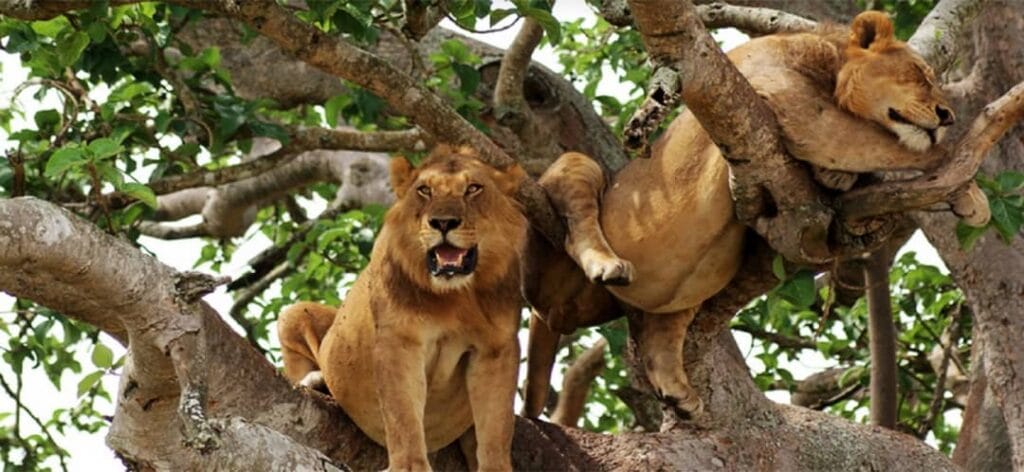
Best time to visit Uganda gorillas
The best time to visit Uganda gorillas often overlaps with ideal conditions for other safari experiences. June through September offers superb game viewing in Queen Elizabeth National Park, where the dry weather concentrates wildlife around water sources. The famous tree-climbing lions of Ishasha sector are most reliably seen during these months.
Bird enthusiasts should consider November through April when migratory species supplement Uganda’s impressive resident bird population. This period coincides with the rainy seasons, creating excellent conditions for primate tracking in Kibale Forest, where chimpanzees remain active despite the showers.
For travelers seeking cultural immersion, the dry seasons provide perfect weather for visiting Uganda’s diverse communities. The Batwa pygmies, original inhabitants of the gorilla forests, offer insightful cultural tours near Bwindi. Their traditional knowledge of the forest ecosystem provides fascinating context to your gorilla encounter.
Health and Safety Considerations by Season
Malaria prophylaxis is essential year-round in Uganda, though risk increases during rainy seasons when mosquito populations surge. Yellow fever vaccination is mandatory for entry, with other recommended immunizations including hepatitis A and typhoid.
Altitude sickness rarely affects gorilla trekkers, as Bwindi’s elevations range between 1,160 to 2,607 meters (3,806 to 8,553 feet). However, the combination of high humidity and physical exertion can challenge some visitors during rainy season treks. Guides carefully monitor group pace and provide frequent rest stops to ensure everyone’s safety.
Making Your Decision: When to Book Your Gorilla Safari
Choosing the best time to visit Uganda gorillas ultimately depends on your priorities as a traveler. Wildlife purists seeking optimal trekking conditions should target the dry seasons, accepting higher costs and advance planning requirements. Adventurous travelers on a budget may prefer the rainy seasons, trading perfect weather for unique experiences and potential savings.
Whenever you choose to visit, encountering Uganda’s mountain gorillas remains one of the world’s most profound wildlife experiences. These gentle giants continue to thrive thanks to sustainable tourism practices, with each visitor contributing directly to their conservation. By carefully selecting your travel dates and preparing appropriately, you ensure not just a successful trek, but a transformative journey into the heart of Africa’s emerald wilderness.
Click here to read our blog on why April and May are the best months for a budget Safari in Uganda.
Ready to plan your gorilla trekking adventure? Contact our Uganda safari specialists today to secure permits and craft your perfect itinerary. The mountains are calling – will you answer?

